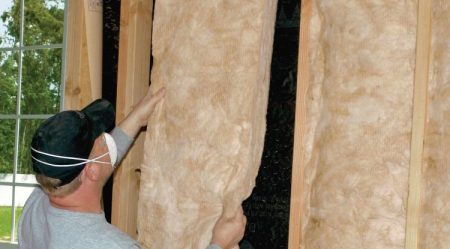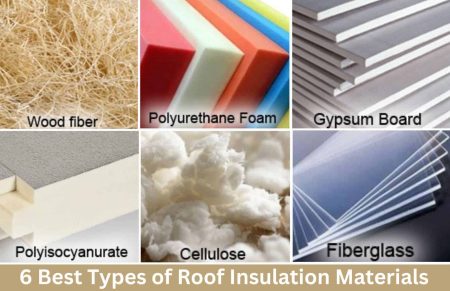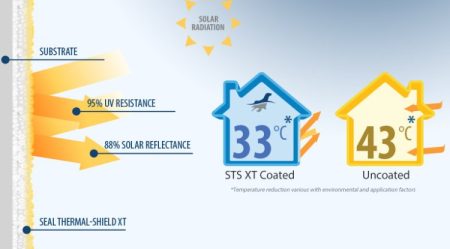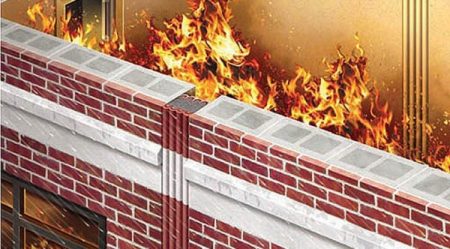Radiation Isolation in Aerospace and Aviation Industries
Radiation exposure is a significant concern in the aerospace and aviation industries. The high altitude and cosmic radiation present unique challenges that must be addressed to ensure the safety of crew members and passengers. In this article, we will explore the importance of radiation isolation in aerospace and aviation, along with the strategies and technologies employed to mitigate radiation risks.
Contents
- 1 Understanding Radiation in Aerospace and Aviation
- 2 Radiation Isolation in Aerospace and Aviation Industries
- 3 1. Radiation Effects on Humans
- 4 2. Radiation Shielding
- 5 3. Flight Route Planning
- 6 4. Crew Monitoring and Dosimetry
- 7 5. Aircraft Design Considerations
- 8 6. Radiation Risk Communication
- 9 7. Research and Development
- 10 8. Regulatory Compliance
- 11 9. Collaboration and Industry Cooperation
- 12 10. Continuous Monitoring and Improvement
- 13 Frequently Asked Questions
Understanding Radiation in Aerospace and Aviation
Radiation in the aerospace and aviation industries primarily comes from two sources: solar particle events (SPE) and galactic cosmic radiation (GCR). Solar particle events are short-lived bursts of high-energy particles emitted by the sun during solar flares, while galactic cosmic radiation originates from outside our solar system.
Radiation Isolation in Aerospace and Aviation Industries
1. Radiation Effects on Humans
Radiation exposure at high altitudes can have harmful effects on human health, including an increased risk of cancer, cataracts, and cardiovascular diseases. It is crucial to limit radiation exposure to acceptable levels to protect crew members and frequent flyers.
2. Radiation Shielding
Radiation shielding is a fundamental strategy for minimizing radiation exposure. The use of materials with high atomic numbers, such as lead or polyethylene, helps absorb and attenuate radiation. Shielding should be implemented in critical areas, such as the cockpit and passenger cabins.
3. Flight Route Planning
Flight route planning plays a significant role in radiation mitigation. By considering space weather forecasts and real-time radiation monitoring, flight paths can be adjusted to avoid regions with high radiation levels, especially during solar particle events.
4. Crew Monitoring and Dosimetry
Regular monitoring of radiation doses received by crew members is essential for assessing individual exposure levels. Dosimeters and active monitoring systems provide real-time data, allowing for the identification of high-exposure periods and the implementation of necessary precautions.
5. Aircraft Design Considerations
Aircraft design also plays a vital role in radiation isolation. Modern aircraft are equipped with radiation-hardened electronics and structural materials that help mitigate radiation effects. The design of the aircraft’s skin and windows also contributes to reducing radiation penetration.
6. Radiation Risk Communication
Effective communication regarding radiation risks is essential for crew members and frequent flyers. Education and training programs should be implemented to increase awareness of radiation hazards, promote best practices for protection, and address concerns related to radiation exposure.
7. Research and Development
Ongoing research and development efforts focus on enhancing radiation detection and mitigation technologies in the aerospace industry. Advances in sensor technology, shielding materials, and aircraft design continue to improve radiation protection measures.
8. Regulatory Compliance
Regulatory agencies, such as the Federal Aviation Administration (FAA) and the International Civil Aviation Organization (ICAO), provide guidelines and regulations to ensure radiation safety in the aerospace and aviation industries. Compliance with these regulations is essential for maintaining the highest safety standards.
9. Collaboration and Industry Cooperation
Collaboration among aerospace companies, aviation authorities, research institutions, and radiation experts is crucial for sharing knowledge and best practices in radiation isolation. Regular conferences, workshops, and information exchanges facilitate collective efforts to address radiation-related challenges.
10. Continuous Monitoring and Improvement
Continuous monitoring of radiation exposure levels and the effectiveness of mitigation measures is necessary to ensure ongoing safety. Regular reviews, data analysis, and feedback from crew members contribute to the improvement of radiation isolation strategies.
Frequently Asked Questions
Q1: What are the potential health risks associated with radiation exposure in aerospace and aviation? A1: High-altitude radiation exposure can increase the risk of cancer, cataracts, and cardiovascular diseases among crew members and frequent flyers.
Q2: How is radiation shielding implemented in aircraft design? A2: Aircraft designers incorporate materials with high atomic numbers and radiation-hardened components to minimize radiation penetration and protect occupants.
Q3: How is radiation exposure monitored for crew members in the aerospace industry? A3: Crew members wear dosimeters that measure radiation doses. Real-time monitoring systems provide continuous data to assess exposure levels.
Q4: What role does flight route planning play in radiation mitigation? A4: Flight paths can be adjusted to avoid regions with high radiation levels, especially during solar particle events, based on space weather forecasts and real-time monitoring.
Q5: How do regulatory agencies ensure radiation safety in the aerospace and aviation industries? A5: Regulatory agencies, such as the FAA and ICAO, establish guidelines and regulations that define radiation safety standards and ensure compliance within the industry.





